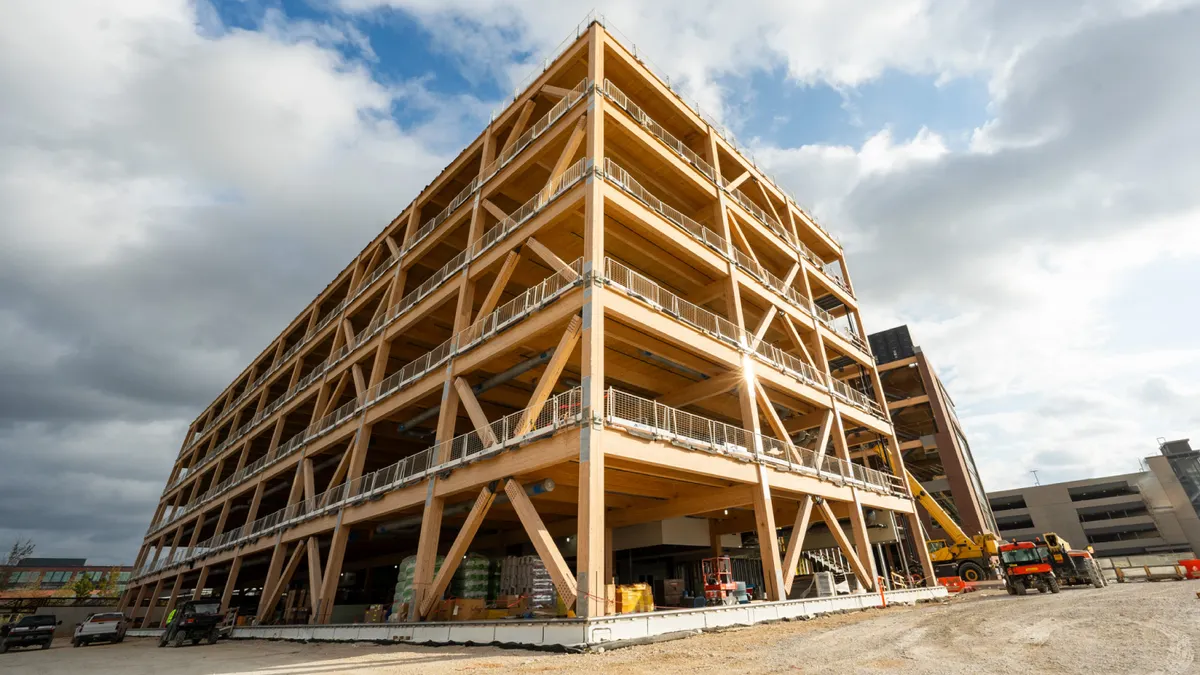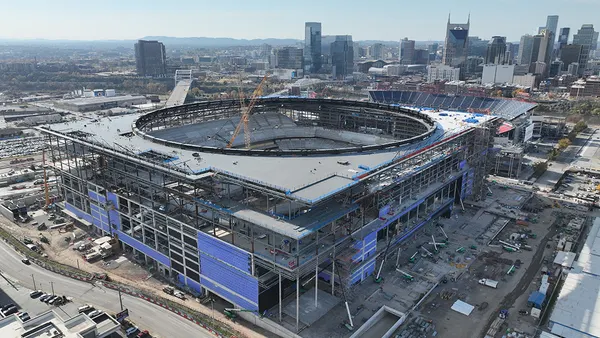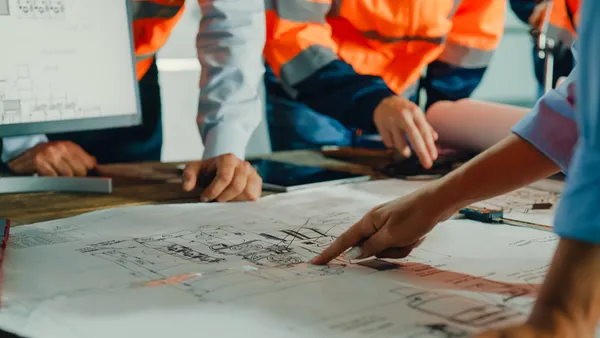Dive summary:
- The Romans made one heck of a concrete product – their structures had held together for millennia, including piers battered daily by salt water that would humble modern concrete in a matter of decades.
- The key to the longevity of Roman concrete, researchers are now discovering, lies in the cement they used, derived from lime and volcanic ash.
- Their cement not only could be made at two-thirds the temperature required today, it took 10% less lime, and the ash was rich in aluminum, yielding a compound that created a very stable mineral called tobormorite when the ash reacted with lime and sea water.
From the article:
"They really haven't been examined at a very fine scale until now," says Marie Jackson, one of the researchers who has been studying the molecular composition of Roman seawater concrete. "There's been a general lack of knowledge about what the Roman model could produce." ...












